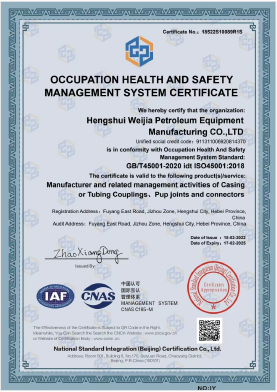- Afrikaans
- Albanian
- Amharic
- Arabic
- Armenian
- Azerbaijani
- Basque
- Belarusian
- Bengali
- Bosnian
- Bulgarian
- Catalan
- Cebuano
- Corsican
- Croatian
- Czech
- Danish
- Dutch
- English
- Esperanto
- Estonian
- Finnish
- French
- Frisian
- Galician
- Georgian
- German
- Greek
- Gujarati
- Haitian Creole
- hausa
- hawaiian
- Hebrew
- Hindi
- Miao
- Hungarian
- Icelandic
- igbo
- Indonesian
- irish
- Italian
- Japanese
- Javanese
- Kannada
- kazakh
- Khmer
- Rwandese
- Korean
- Kurdish
- Kyrgyz
- Lao
- Latin
- Latvian
- Lithuanian
- Luxembourgish
- Macedonian
- Malgashi
- Malay
- Malayalam
- Maltese
- Maori
- Marathi
- Mongolian
- Myanmar
- Nepali
- Norwegian
- Norwegian
- Occitan
- Pashto
- Persian
- Polish
- Portuguese
- Punjabi
- Romanian
- Russian
- Samoan
- Scottish Gaelic
- Serbian
- Sesotho
- Shona
- Sindhi
- Sinhala
- Slovak
- Slovenian
- Somali
- Spanish
- Sundanese
- Swahili
- Swedish
- Tagalog
- Tajik
- Tamil
- Tatar
- Telugu
- Thai
- Turkish
- Turkmen
- Ukrainian
- Urdu
- Uighur
- Uzbek
- Vietnamese
- Welsh
- Bantu
- Yiddish
- Yoruba
- Zulu
Crossover Sub Drilling Solutions for Enhanced Performance
Understanding Crossover Sub Drilling A Comprehensive Overview
Crossover sub drilling is an essential technique in the field of oil and gas exploration, particularly during the drilling phase. This method revolves around the use of crossover subs—specialized equipment that allows the transition between different drilling systems or rigs. The primary purpose of a crossover sub is to facilitate the efficient connection and disconnection of various tools and components in the drilling assembly, ultimately enhancing the overall drilling operation.
At its core, the crossover sub serves as an intermediary component that can connect drill pipes of differing sizes or specifications. This versatility is crucial in situations where drilling operations require switching between different types of rigs or drill bits tailored for specific geological conditions. By allowing such transitions without dismantling the entire assembly, crossover subs reduce downtime, minimize the risk of damage, and significantly improve operational efficiency.
The design of a crossover sub typically includes threaded ends that can accommodate various sizes of drill pipes. This adaptability means that drillers can utilize existing equipment while still achieving optimal performance, regardless of the challenges posed by the drilling environment. For instance, when drilling through formations that require more advanced technology or different drilling techniques, the crossover sub enables a seamless transition, allowing the drilling team to maintain their momentum and meet project deadlines.
crossover sub drilling

Moreover, the use of crossover subs contributes to safety during drilling operations. Traditionally, switching drill pipes might involve lengthy setups and adjustments, posing risks to workers and equipment. With the crossover sub, the process is streamlined, reducing the likelihood of accidents and improving safety protocols on site. This enhancement not only safeguards personnel but also protects the substantial investments made in drilling equipment.
In addition to practical applications, understanding the role of crossover subs can also lead to cost efficiencies. By leveraging existing materials and facilitating quicker adjustments, drilling companies can conserve resources and minimize expenditure. This financial aspect becomes increasingly vital in an industry where budgets can be tight and operational costs are a significant consideration.
While crossover sub drilling offers many advantages, it is essential for drilling teams to possess a thorough understanding of the equipment and its proper use. Training and expertise are crucial to ensure that teams can leverage this technology to its fullest potential. Regular maintenance and inspection of crossover subs are also key practices that help maximize their lifespan and performance.
In conclusion, crossover sub drilling plays a pivotal role in modern drilling operations. By facilitating efficient transitions, enhancing safety, and promoting cost-effectiveness, it stands as a cornerstone of effective drilling practices. As the industry continues to evolve, the importance of these tools will only grow, underscoring the need for ongoing education and investment in advanced drilling technologies.
-
Tubing Pup Joints: Essential Components for Oil and Gas OperationsNewsJul.10,2025
-
Pup Joints: Essential Components for Reliable Drilling OperationsNewsJul.10,2025
-
Pipe Couplings: Connecting Your World EfficientlyNewsJul.10,2025
-
Mastering Oilfield Operations with Quality Tubing and CasingNewsJul.10,2025
-
High-Quality Casing Couplings for Every NeedNewsJul.10,2025
-
Boost Your Drilling Efficiency with Premium Crossover Tools & Seating NipplesNewsJul.10,2025







